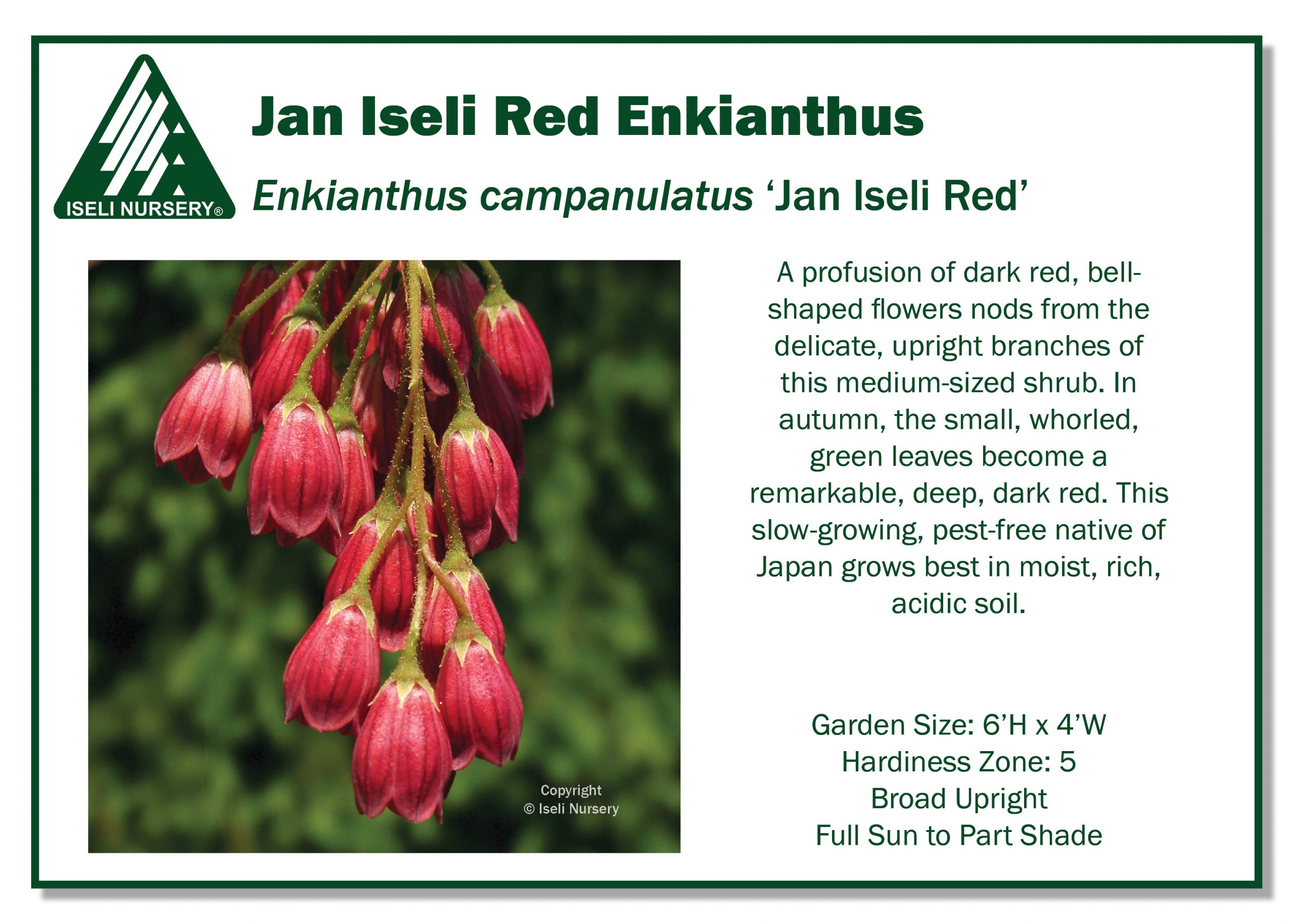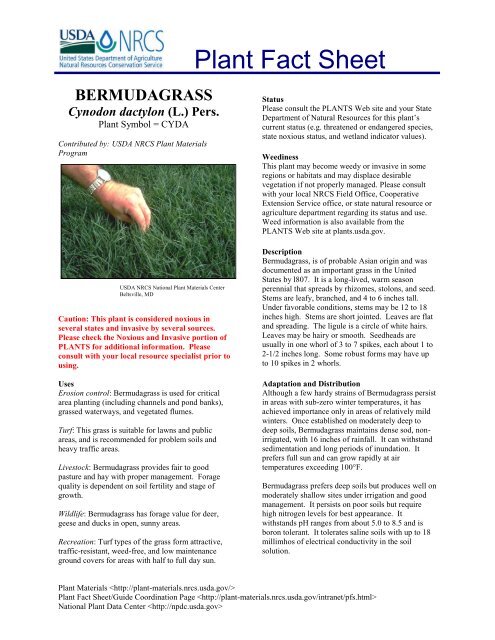Plants, Free Full-Text
Por um escritor misterioso
Descrição
Dermatological ailments are a major health problem, especially when related to human immune deficiency syndrome and acquired immune deficiency. The goal of this study was to identify the medicinal plants used by the indigenous peoples of the Northwestern Himalayas to treat dermatological diseases. Several field trips were conducted in the spring and summer seasons of 2020–2021 to collect the plants of dermatological value and information about their use through open-ended semi-structured interviews (n = 53) and group discussions (n = 33). The current investigation found 64 ethnomedicinal plants belonging to 34 families commonly used to treat a variety of dermatological ailments. The main growth form was herbs (80%), followed by trees (8%) and ferns (6%). It was found that leaves (51%) were the most commonly used plant part, followed by roots and the whole plant. Wound healing was the most dominant application, with 18 plant species used, followed by skin burns cured by 11 plant species and skin boils by eight plant species. Out of the total (18%) of medicinal plants with cosmetic uses, i.e., roots of Jurinea dolomiaea, Rheum webbianum, and Rheum spiciforme were crushed into powder and mixed with turmeric, and the paste is applied topically for glowing skin. Among the various preparation methods, paste (38%) was the most common way of preparation, followed by poultice (29%) and infusion (9%). Between ethnic groups, the maximum homogeneity was between Gujjar and Bakarwal ethnic groups (23 species, 36%), followed by Gujjars and Kashmiri (14 species, 22%). Bakarwals and Gujjar people live in the same geographical location, and they graze their animals in pastures, practice extensive transhumance pastoralism, and pass through different ecological landscapes, thus having sufficient experiences with certain plants and retaining more knowledge. The species identified with the highest utilization based on the number of citations and use value included Ficus carica, Cichorium intybus, Euphorbia wallichii, Pinus wallichiana, Plantago major, Jurinea dolomiaea, and Artemisia absinthium. The findings of this study demonstrate that people who reside in the Northwestern Himalayas region still rely on medicinal plants.

59 Gardening in the Classroom ideas in 2023

Enkianthus campanulatus 'Jan Iseli Red' - Iseli Nursery

Full Screen Text and Image - Digital Signage Template

pdf - Plant Fact Sheet - USDA Plants Database - US Department of

Instant Guide to Medicinal Plants: Pamela Forey, Ruth Lindsay

Upcoming Plant Promotion Schedule - Southern Living Plants
FULL SPECTRUM HIGH EFFICIENCY GROW LIGHTS: SANSI grow light emits all wavelengths from 380nm to 800nm - just like natural sunlight. With white light

SANSI LED Grow Lights for Indoor Plants, Lifetime Free Bulb Replacement, 300W Full Spectrum Gooseneck Clip Plant Grow Light, Plant Light with Timer

Plant Propagation in Pictures by Montague Free 1953 The American

Free Resources & Links — Plant Savvy
de
por adulto (o preço varia de acordo com o tamanho do grupo)







